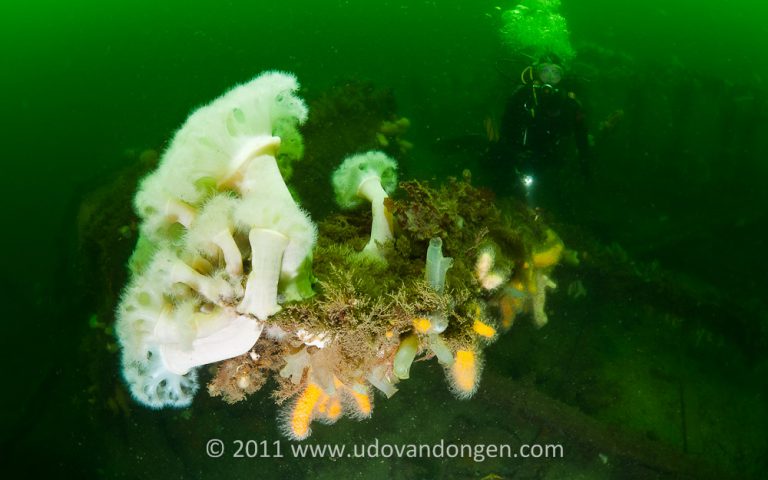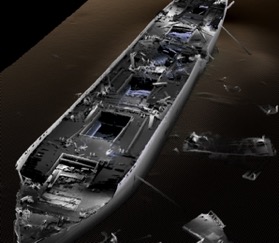A unique legacy
Our maritime history of trade, transport and war has left a unique submerged landscape of shipwrecks and crashed aircraft sites that span almost 400 years.
The marine environment has provided perfect conditions for the preservation of some of the UK’s Nationally important historic wrecks designated as Historic Marine Protected areas (HMPA’s). Within the Argyll Coast and Islands Hope Spot there are 3 known sites that have been afforded protection as HMPA’s.

All three sites date from the 17th Century, these sites are identified in the first instance by the presence of large ferrous objects like cannons and anchors. However in many cases the preservation of organic material on these sites has been the key to discovering the identity of these sites.
Historic Environment Scotland are responsible for these important sites.
Archaeological investigation of these sites has provided a comprehensive archive of the sites which can be accessed through CANMORE which holds Scotland’s national record of the historic environment.
The Cromwellian Shipwreck at Duart Point dates from 1653 and is one of the few HMPA’s to establish an underwater trail for visiting divers.
These are just a few of the sites within the Hope Spot.
A Sunderland aircraft, designated under the Military Remains Act 1986 as a War grave, is shown in this side scan sonar image.
The aircraft is lying upside down on the seabed.
Visible in the image of the same site, is a section of the wing lying some distance away from the site. This appears to have been removed by mobile fishing gear that has gone over the top of the site, as the section of wing is lying in the tracks left on the seabed by the gear.
The shipwrecks themselves not only give us a window into the past. The 6000 ton Dutch cargo ship SS Breda, a casualty of a bombing raid in 1940 near Oban brings into sharp focus the reality of WW2 activity in this area. The image, produced using multibeam sonar, allows the entire site to be seen, in contrast to the limited visibility and field of view that SCUBA divers would experience.
Many of these sites have also become part of the environment as artificial reefs supporting a host of marine flora and fauna.
These sites also provide a focus for recreational leisure activities, such as scuba and snorkelling which help boost the marine and coastal tourism sector on the west coast.




